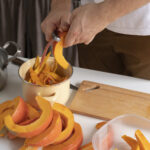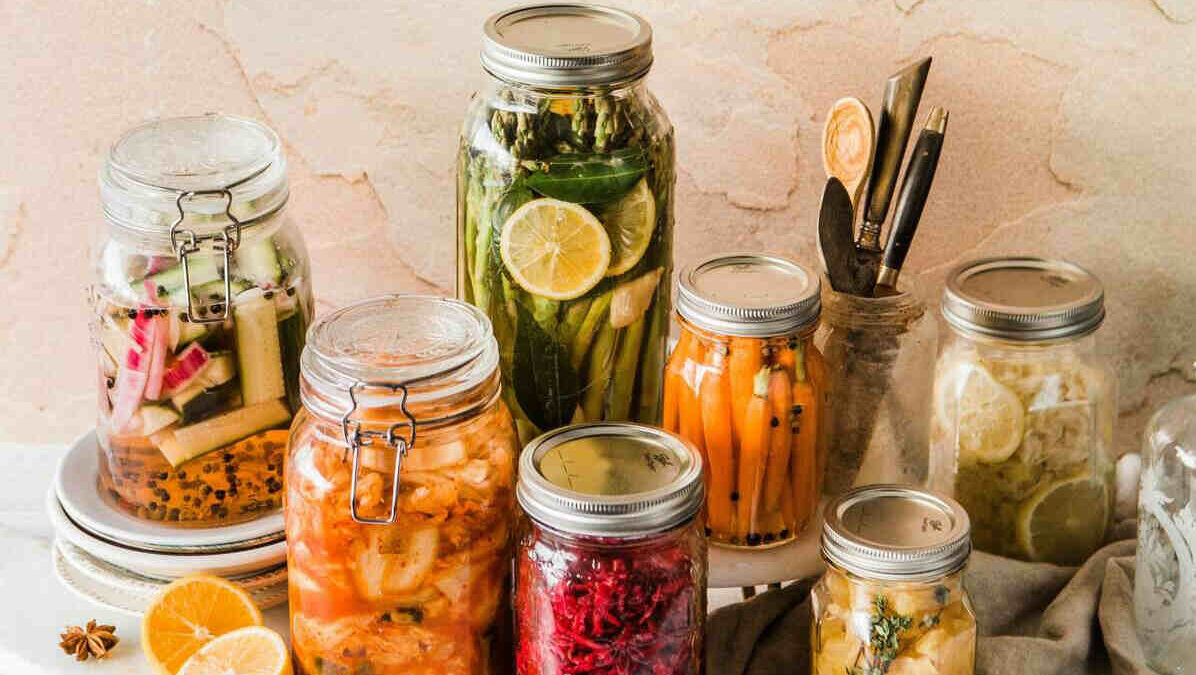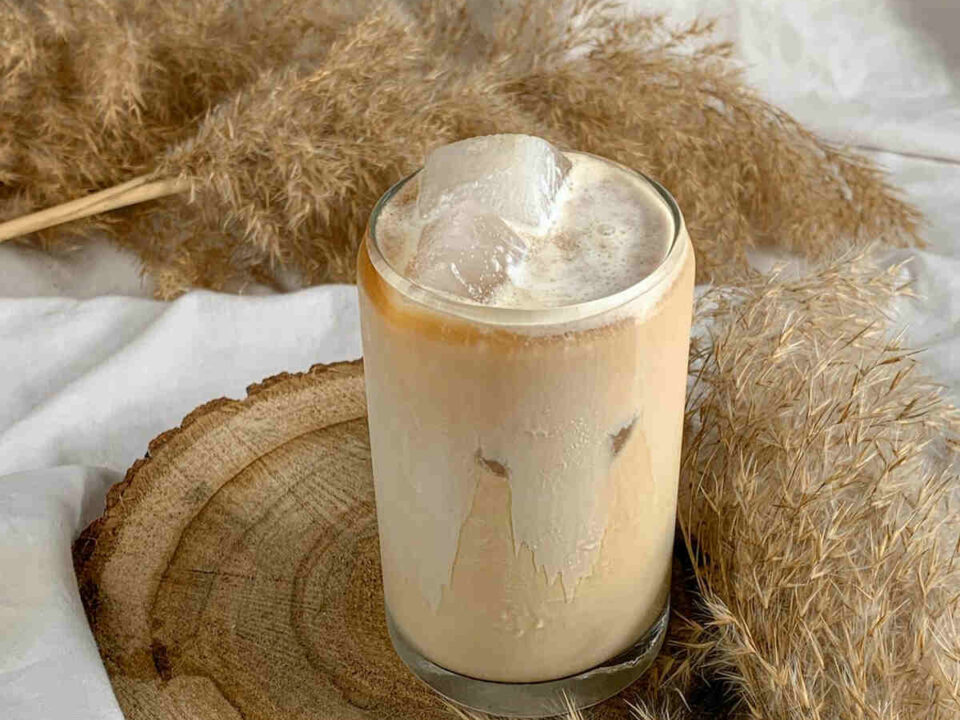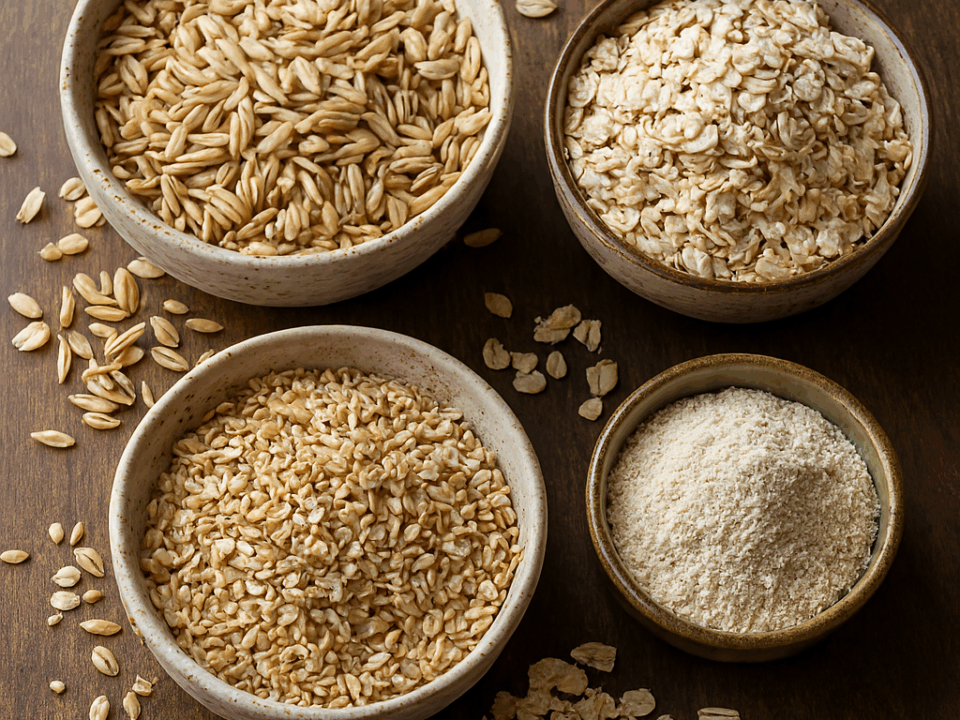
Sustainable Kitchen Hacks: Reducing Waste with Upcycled Scraps and Zero-Waste Recipes
October 8, 2025
Essential Pantry Staples: 7 Practical Tips to Build a Curated Stockpile
October 21, 2025Fermenting the Orchard Harvest: Easy Guides to Preserve Fruits Without Refrigeration
As autumn ends, orchard trees overflow with apples, pears, and plums. Fermenting offers a natural way to preserve this abundance without refrigeration. It captures the season's sweetness while adding tang and depth to fruit flavours. With the right approach, anyone can turn fresh produce into lasting, probiotic-rich preserves.
Understanding Fruit Fermentation
Fermenting fruit relies on natural yeasts and beneficial bacteria that convert sugars into acids and gases. This process preserves fruit and enhances its flavour, texture, and shelf life. It requires no refrigeration and minimal equipment—just clean jars, salt or sugar, and patience. Temperature control and airtight storage ensure safe, consistent results.
Choosing and Preparing Fruit
Select ripe but firm fruit free from bruises or mould. Apples, pears, peaches, and berries all ferment well. Wash and cut fruit into even pieces. For added depth, combine varieties like apple and plum or pear and ginger. Sprinkle salt for savoury ferments or a spoon of sugar to encourage yeast activity in sweet ones.
The Basic Fermentation Setup
To start fermenting, fill sterilised glass jars with prepared fruit, leaving 2–3 cm of headspace. Add filtered water to cover, then weigh fruit down with a small clean stone or glass weight. This keeps pieces submerged and prevents mould. Cover jars loosely with lids or cloth to release built-up gases. Store in a cool, shaded place.
Monitoring and Timing
Most fruit ferments develop flavour within three to five days, depending on temperature. Warmer rooms speed up the process, while cooler ones slow it down. Taste daily to track progress. Once the balance of sweetness and tang suits your taste, seal the jars tightly and move them to a pantry or cellar.
Creative Uses for Fermented Fruit
Fermented fruit enhances both sweet and savoury dishes. Add slices to salads, serve alongside cheese, or blend into dressings. Use the tangy liquid as a starter for vinegars or cocktails. Beyond preservation, fermenting transforms familiar flavours into something new—bright, complex, and alive.
A Tradition Renewed
Across generations, the process of food preservation has connected people to seasonal cycles and sustainable living. This easy method turns surplus harvests into vibrant, probiotic-rich foods while cutting waste and refrigeration needs. With just jars, fruit, and time, anyone can preserve the orchard's bounty in its most natural form.




